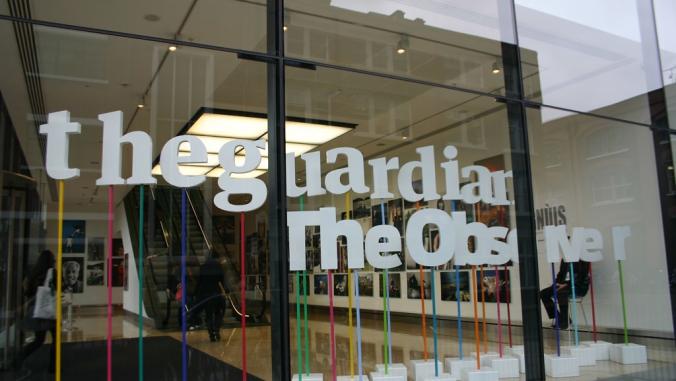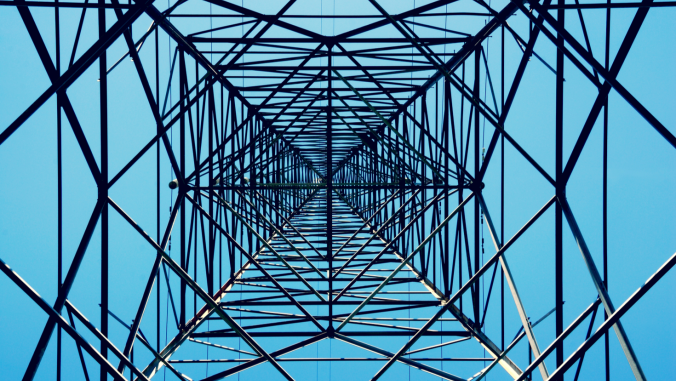Will power: Developing countries are driving the renewables transition, says BNEF
A new report shows a dramatic shift in global energy markets.

President Donald Trump may not have gotten the message that coal is the pariah at the global energy party, but it is becoming increasingly clear that almost every other world leader — and energy industry investor — has.
A new report out from Bloomberg New Energy Finance (BNEF) reveals developing nations are abandoning coal to switch their focus to rolling out renewable technology instead, a shift in market dynamic that puts non-OECD countries in the driving seat of the green energy transition for the first time.
According to the latest Climatescope report (PDF), which every year takes stock of clean energy activities across the world's developing nations, most global clean energy activity is taking place in non-OECD countries.
Meanwhile, the rate of new coal capacity build is in freefall, down 38 percent compared to the 48GW record in 2017. In fact, the build-out of new coal capacity is back to levels not seen since 2006, according to BNEF.
It adds up to a dramatic change in dynamic for the global energy markets, explained Dario Traum, BNEF senior associate and Climatescope project manager. "It's been quite a turnaround," he said in a statement. "Just a few years ago, some argued that less developed nations could not, or even should not, expand power generation with zero-carbon sources because these were too expensive. Today, these countries are leading the charge when it comes to deployment, investment, policy innovation and cost reductions."
The BNEF paper echoes the conclusions of a host of other expert bodies, which in recent months have pointed out the shift in the clean energy market from developed to developing nations. Not least the International Renewable Energy Agency's newly launched commission, which is due to report in January on the "geopolitical implications of global energy transformation" — in layman's terms, how the fluctuations in the energy market could affect international relations.Some argued that less developed nations could not, or even should not, expand power generation with zero-carbon sources. ... Today, these countries are leading the charge.
"We are moving from a world where policy in energy was characterized by scarcity, competition and potential conflict, to a world where we potentially have abundance of domestic sources, and drivers of collaboration and cooperation are going to be much more evident in terms of energy diplomacy of the future," IRENA director general Adnan Z Amin told Business Green at the time.
The results of the Climatescope 2018 study also will come as something of a relief to many in the green energy industry, particularly when compared with the 2016 report which highlighted "serious obstacles" to clean energy scale-up in developing nations. The challenges identified last year included a 27 percent fall in new clean energy asset investment, a 26 percent drop in foreign capital investment in non-OECD countries, and a slowdown in the rate of new green energy capacity additions.
By comparison, in 2017 developing nations added 114GW of zero-carbon generating capacity, including nuclear and hydro, with renewables accounting for the majority of all new power capacity added for the first time. Wind and solar alone accounted for 94GW in these nations. Meanwhile, foreign direct investment in supporting clean energy rose to an all-time high of $21.4 billion in 2017, compared to $13.9 billion in 2016.
The turnaround reflects the growing willingness of private investors to pump cash into clean energy in developing markets, according to BNEF, encouraged by the proliferation in clean energy auctions for government contracts. As a result, private investment surged to $9.8 billion in 2017, while funding from development banks and export credit agencies remained flat. The range of countries benefiting also has broadened: Some 54 developing countries recorded investment in at least one utility-scale wind farm in 2017, up from 20 a decade ago.
"European players, in particular, have moved aggressively to finance projects, particularly in Latin America," said BNEF head of Americas Ethan Zindler. "While concessional capital is still clearly required in least developed countries or in others just beginning to adopt clean energy, elsewhere private funders appear quite comfortable deploying capital at volume."Private investment surged to $9.8 billion in 2017, while funding from development banks and export credit agencies remained flat.
Such investment will be crucial if richer nations are to meet their flagship $100 billion-a-year climate finance commitment to poorer nations under the Paris Agreement. Encouraging new data from the United Nations last week revealed global climate flows from developed to developing countries rose 14 percent in 2016 to $38 billion, but it still falls well short of the $100 billion annual target and many expect a row over the topic to erupt at upcoming climate talks in Poland next month.
And it's not all good news from the Climatescope 2018 report. Despite the fall in coal construction and the shift in investment spend towards renewables, some troubling signals from BNEF's 2016 assessment are still visible. For example, new clean energy financings in emerging markets totalled $143 billion in 2017, roughly static on 2016 levels despite the growing role of private players, and still well short of the $178 billion recorded in 2015. Part of the slowdown can be explained by the continuing cost reductions for renewable technologies, but it is still a trend moving in the wrong direction at a time when climate scientists agree clean energy investment has to keep ticking upwards.
Moreover, while the build out of new coal power stations may have fallen dramatically in 2017, actual coal-fired generation still rose 4 percent year-on-year to 6.4TWh. Meanwhile, new plants are still in the pipeline across China, Indonesia, India and South Africa, despite renewables outperforming coal on new build generation cost in many markets.
Any new projects are of particular concern, because, as BNEF notes, not only will new-build coal have to be stopped in its tracks, but existing plants also will have to be retired if the world is to meet its climate targets. However, China and India — where 81 percent of all emerging market coal-fired capacity is located — continue to face intense political pressure to expand energy access and keep energy prices affordable for their huge populations, which experts fear will make the task of retiring operating assets challenging, even as renewables costs keep falling. "Despite successes achieved by clean energy to date in developing countries, it is far from certain these nations will decarbonize their power sectors going forward," the BNEF study warns.Despite successes achieved by clean energy to date in developing countries, it is far from certain these nations will decarbonize their power sectors going forward.
There's also the looming challenge of how to ensure the rapid rollout of intermittent renewable power does not destabilize energy markets — a problem China, with its high proportion of wind and solar in some regions, is already grappling with. "As clean energy costs continue to drop and deployment continues to rise, developing country grids must do more than match the sophistication of wealthier nations' grids, but surpass it," BNEF says, pointing out the "enormous opportunities" for companies and financial institutions to step into the breach.
The message that it's no longer cool to build new coal may have filtered through to most nations around the world, but today's report makes clear the green energy transition is far from guaranteed. The private sector is starting to play an ever greater financing role in the crucial buildout of green energy infrastructure in developing countries, but tougher action on fossil fuel use, and even more clean energy cash, is desperately needed to secure the low-carbon future the world demands.
This story first appeared on:





